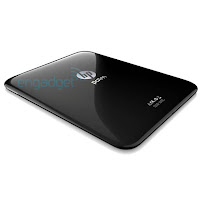
Fallout: New Vegas was a great game, but not without its faults or quirks, so a team of modders have decided to release a massive overhaul for the post apocalyptic role-playing game, called Project Nevada.
The great thing about playing the new Fallout games on the PC is that Bethesda offers a lot of tools to the community so that players can add new items, customize existing ones or create their own content for the role-playing games.
There are already a lot of mods for Fallout: New Vegas, but Project Nevada is looking to be the most robust.
While it is still a work in progress, the project aims at incorporating a lot of existing modifications already implemented in the game by the community of players, as well as add new types of mechanics that will make living in the Mojave Wasteland that much more interesting.
Project Nevada is set to add things like bullet-time, sprinting, tackling, cybernetic implants and even helmet mods to the regular Fallout: New Vegas experience.
The combat will be enhanced by the addition of things like bullet-time, which slows down time while shooting enemies, enhanced zoom functions on weapons like sniper rifles, as well as the ability to sprint and tackle enemies, in case you want your muscles to do the talking, and not your weapons.
More subtle changes were also added, like the heads up display, which changes if you're wearing a helmet, visor or other things that impair your visibility, or the dynamic crosshair system, which changes size in order to reflect weapon ammo spread.
The team of modders also implemented a Cybernetic Implant system, which will allow players to augment their abilities through a special interface that enables them to install upgrades.
The same team was also responsible for the Fallout 3 Wanderer's Edition, so you know that Project Nevada is going to turn out extremely impressive.
Until the work is done, check out the two videos below, the first showcasing all the new features, while the second focuses on the cybernetic implant system.













































